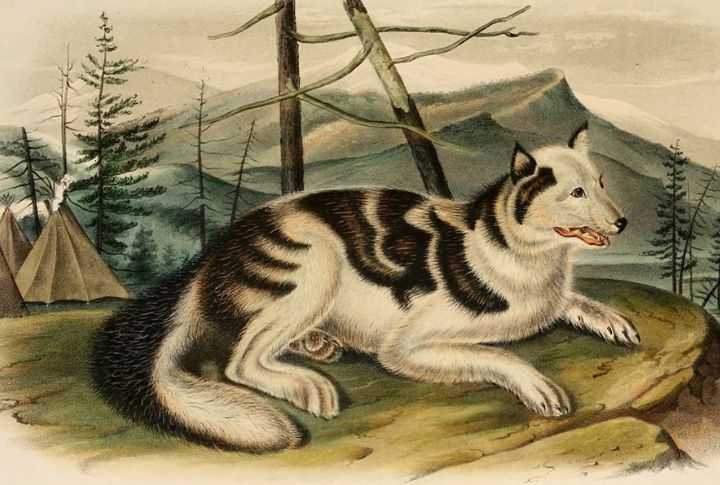
Dogs have stood beside humanity for thousands of years. Yet some breeds vanished utterly, leaving behind only stories. This article explores fifteen dog types that no longer roam the Earth. Each one shaped a culture or a moment. Which one surprises you most?
The Alaunt
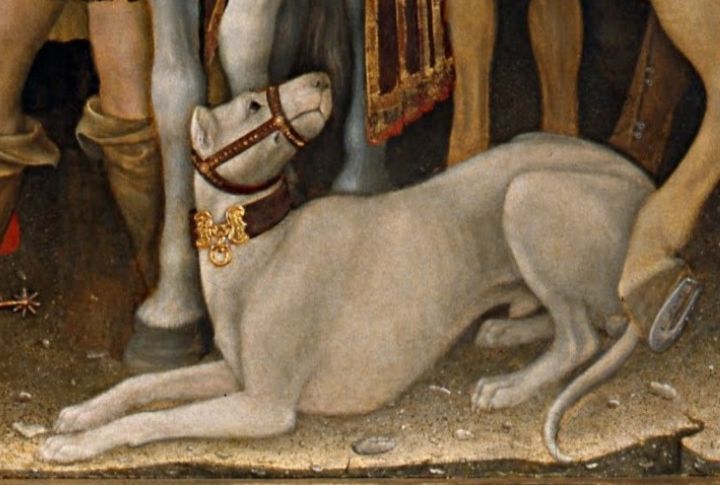
Muscular and fearless, the Alaunt was bred for war and game hunting. Used across Europe, it adapted to different roles depending on the region. Eventually, modern specialization and crossbreeding erased it. Few breeds have served in as many roles as this ancient workhorse and vanished so completely.
Molossus
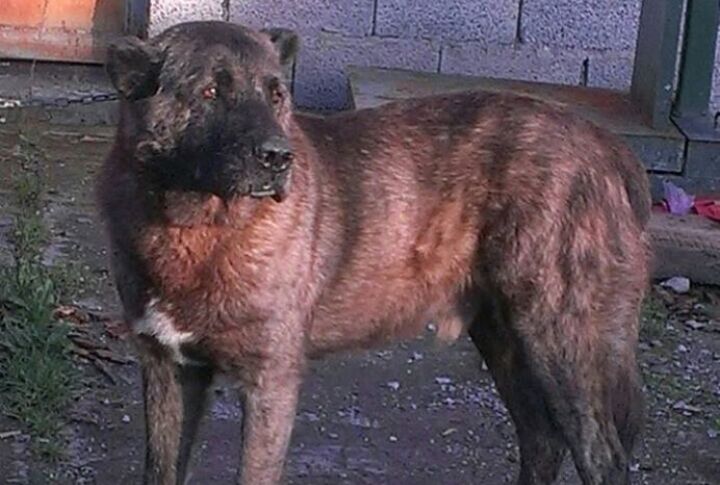
This Greek powerhouse stood watch over livestock and property. More than muscle, it symbolized power in classical antiquity. While mastiffs today carry fragments of their legacy, the original Molossus no longer walks the Earth. Its decline likely came from Rome’s fall and the dispersal of selective breeding programs.
Argentine Polar Dog

Bred by Argentina for Antarctic work, these dogs endured brutal cold and heavy loads. However, international treaties banning non-native species in Antarctica led to their removal. Without their purpose or a breeding program back home, the Argentine Polar Dog faded into extinction, quietly and bureaucratically.
Salish Woolly Dog
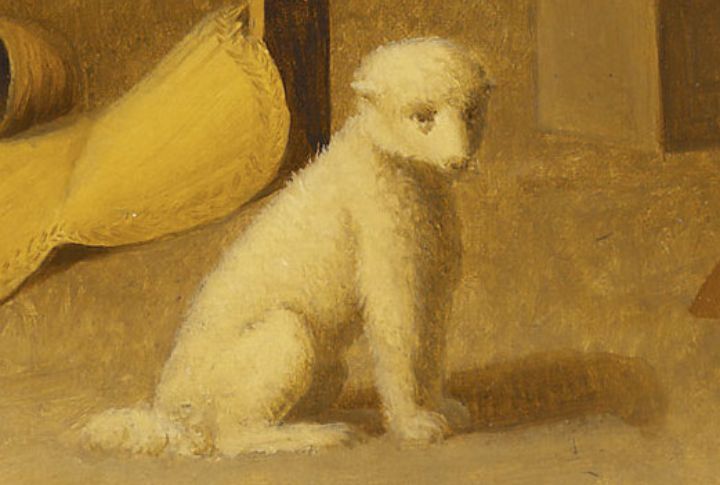
This fluffy white breed was sheared like sheep. Its fur created blankets before wool was introduced. Bred by the Coast Salish for weaving, it lived in isolation to prevent mixing. After European settlers arrived and sheep became common, the purpose and, eventually, the breed disappeared.
Hare Indian Dog
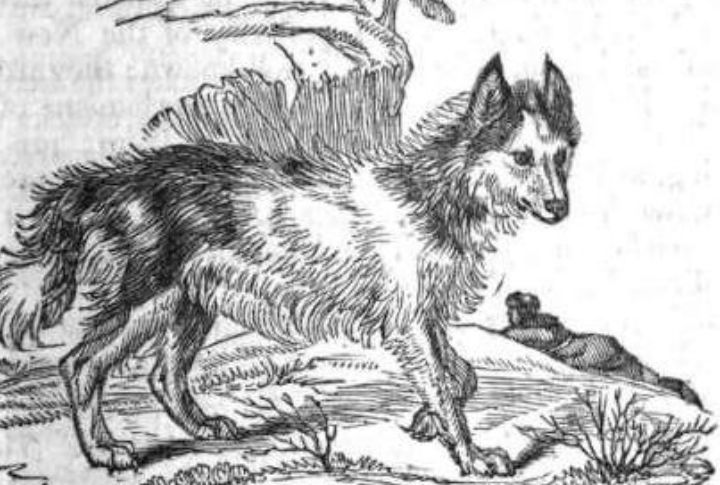
The Northern Coursing Canine Described as foxlike and timid, this small dog thrived in a narrow niche. It helped the Hare people of Canada hunt silently, built more for stealth than strength. Its numbers declined rapidly once firearms replaced traditional methods by stripping the breed of its long-held purpose.
Chien-gris

The Chien-gris, with its intense nose and striking gray coat, was once used in royal hunts and held in symbolic regard. French aristocracy favored it for both status and function. Yet no specimens survived the French Revolution, as changing preferences favored more efficient hounds.
English Water Spaniel
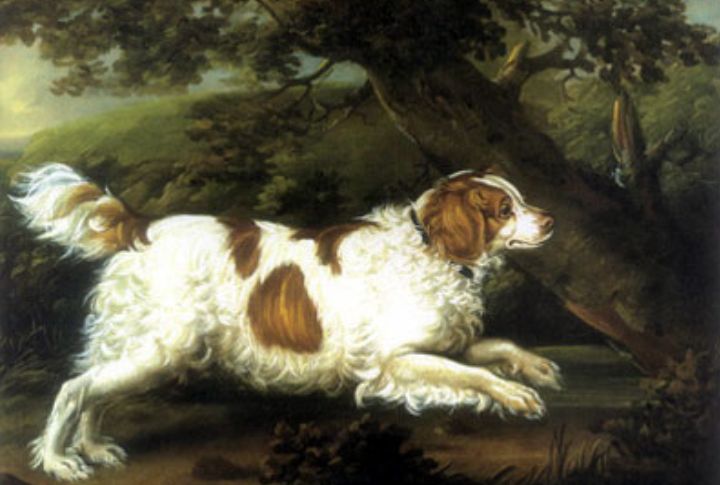
Praised for its swimming skills, this spaniel fetched game from rivers and marshes. It was referenced in literature and art but never standardized. As retrievers rose in popularity, this breed slipped into obscurity. By the 20th century, it was more legend than living memory.
Cordoba Fighting Dog
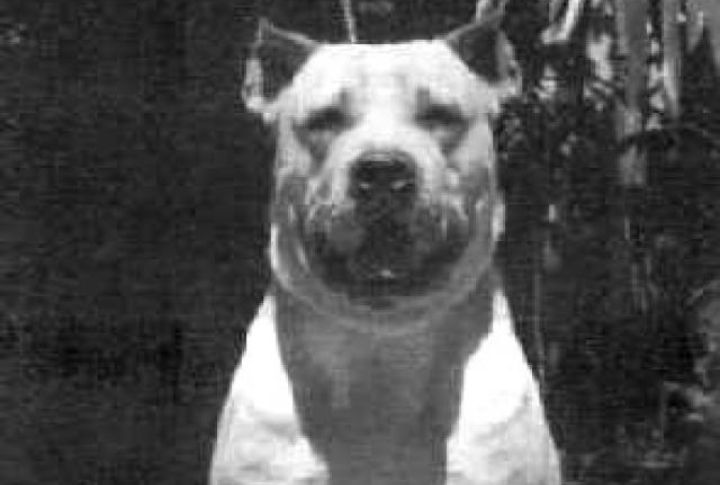
Fights between two Cordobas rarely ended without fatal injury. Built for combat, it was relentless, often to a fault. Due to its aggression, breeding became nearly impossible. Though the breed vanished, its DNA survives in the Dogo Argentino, a more disciplined descendant designed for function and control.
St. John’s Water Dog
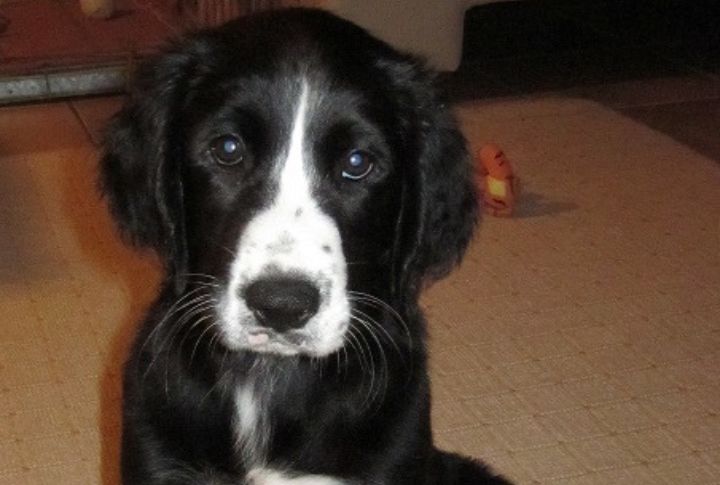
Friendly and hardworking, this dog formed the backbone of today’s retriever breeds. In icy Atlantic waters, it hauled nets and fetched gear with ease. But by the early 20th century, Newfoundland’s breeding restrictions and tax laws pushed this strong swimmer toward quiet extinction.
Grand Fauve De Bretagne
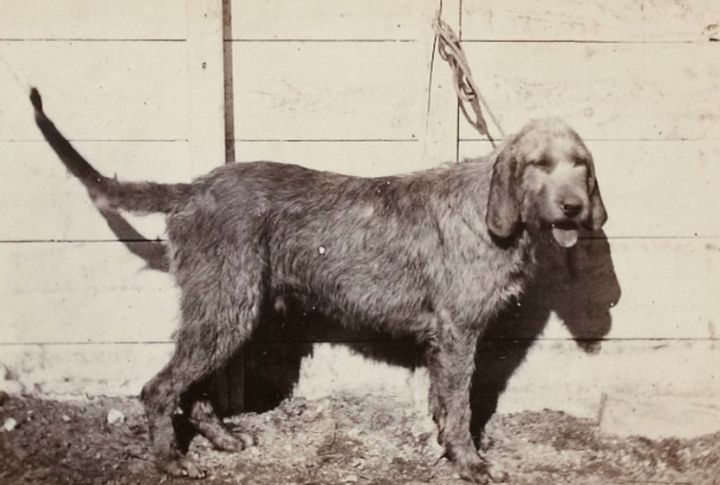
As hunters turned to more manageable breeds, demand for this once-prized hound dropped. Roaming France’s forests with fearlessness, it had been both effective and difficult to control. Its unruly behavior eventually overshadowed its talents.

